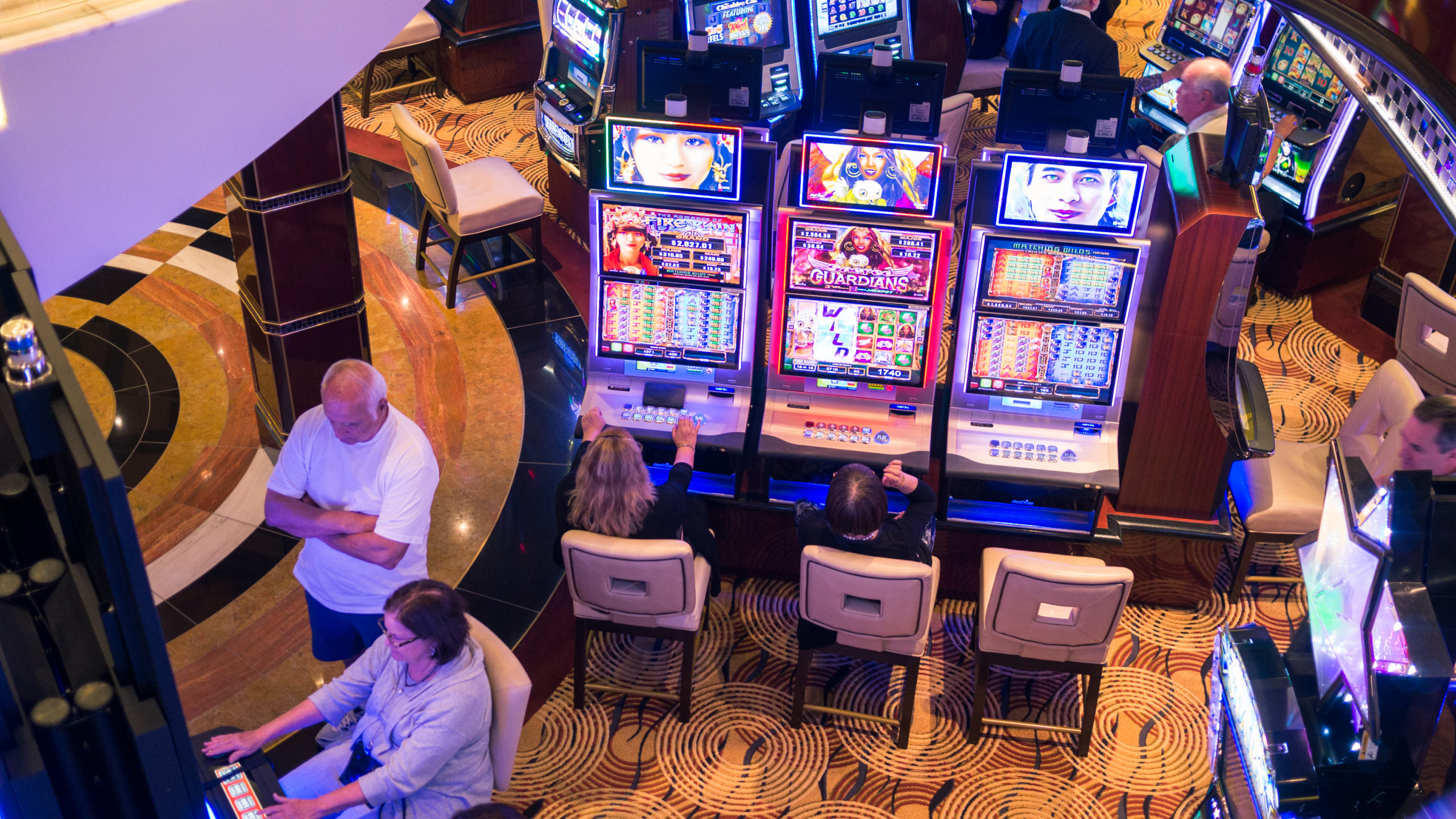The history of gaming machines is a fascinating journey that reflects the development of recreation and betting over the generations. From their simple beginnings in the 1890s to growing into a mainstay in gambling establishments throughout the world, these games of fortune have undergone significant changes. Casino slots games have mesmerized players with their bright designs, engaging storylines, and the hope of wealthy jackpots.
At first designed as physical machines with spinning cylinders and limited icons, slot machines have grown into sophisticated electronic games that incorporate advanced technology and interactive elements. Today, they welcome millions of players, each aspiring to strike it lucky with just the lever pull of a lever or the press of a button. Exploring the intriguing history of these machines reveals not just the tale of a well-liked pastime, but also a mirror of societal changes and progress in technology over the years.
The Beginnings in Slot Machines’ History
A tale of slot machines starts in the late 19th century, a time when mechanical devices were increasingly popular in places of amusement. A groundbreaking slot machine came into existence by Charles Fey in 1895, known as the Liberty Bell. It featured 3 spinning reels and five symbols: hearts, diamonds, spades, a horseshoe, and the famous Liberty Bell. Players would pull a lever to spin the reels, and if the symbols aligned in a specific combination, they would win a payout. Fey’s invention quickly captured the attention of gamblers and paved the way for future developments in casino slots games.
As the concept of the slot machine gained traction, various inventors looked to enhance Fey’s design. By the early 1900s, slot machines were becoming a frequent presence in saloons and amusement parks. In 1907, the initial electromechanical slot machine was introduced by Herbert Mills, which featured a more intricate system of payout mechanisms and the renowned fruit symbols that are still associated with slots today. This evolution marked a significant shift in the gaming industry, as machines became more engaging and user-friendly, drawing in more players.
The popularity of slot machines continued to soar throughout the early 20th century, leading to their widespread adoption in casinos across the United States. However, the rise of legal restrictions on gambling during the Great Depression posed challenges for the industry. Many machines were outlawed, but this did not stop innovators. Instead, they adapted by creating machines that dispensed candy or gum instead of cash prizes, effectively circumventing the restrictions while still offering the thrill of a casino slots game. This creativity kept the spirit of gambling alive, setting the stage for the future resurgence of slot machines in modern casinos.
Evolution of Slot Machine Technology
The history of gambling machines began in the closing 19th era with the creation of the early mechanical slot machines. A mechanic named Charles Fey, a West Coast mechanic, launched the Liberty Bell in 1895, which featured three rotating reels and five images: heart shapes, diamonds, spade symbols, a horseshoe, and the Liberty Bell itself. This simple yet enthralling design laid the foundation for the progress of gambling slots, creating an swift draw for players seeking fun and a shot to win.
As technology advanced, so did the appearance and operations of slot machines. By the mid 20th hundred years, electromechanical machines emerged, incorporating electric parts to enhance gameplay and amplify payout chances. These advancements allowed for more complex features like various paylines and bigger jackpots. The gaming establishments embraced these innovations, causing the emergence of casino slots as a major provider of income within the gambling sector, radically altering the casino slots game experience.
The closing 20th and initial 21st centuries introduced the age of digital technology, causing the introduction of video slots. These machines replaced traditional reels with digital screens, allowing even more innovation in themes and gameplay systems. Players could now appreciate rich graphics and sound effects, along with interactive bonus rounds. The shift to web-based gaming further changed the slots experience, rendering slots accessible to a global market at any time and everywhere, thus marking a new phase in the evolution of gaming machine innovation.

The Cultural Influence of Gaming Machines
These gaming machines have become not only a form of leisure; they have woven themselves into the fabric of mainstream culture. https://Ga179.com/ Across movies and television shows to music and literature, these iconic gaming machines often serve as symbols of luck and risk. Films like The Casino and Ocean’s Eleven prominently highlight slots, portraying them as exciting yet unpredictable elements of the casino atmosphere. Their unique attraction lies in the noise of coins clinking, the revolving reels, and the vibrant blinking lights, which in unison create an electric atmosphere that captures attention.
Moreover, slot machines have influenced social gatherings and events, making them a focal point in casinos and gaming venues. Numerous individuals do not just visit a casino to gamble; they go for the full experience, which encompasses the social interactions and the lively ambiance surrounding these machines. Special tournaments and themed gaming nights centered around slots also highlight their popularity, fostering community engagement and shared experiences among players. This community aspect has contributed to the machines’ lasting popularity.
The advancement of technology has also changed this cultural impact. Digital and online slots have broadened access to these games well beyond the walls of physical casinos. Players can now get their favorite casino slot games from home or on the move, leading to the rise of virtual forums and discussion boards where enthusiasts exchange strategies and experiences. The ongoing innovation in game design and the integration of storytelling have kept the cultural significance of slot machines alive, attracting younger audiences while maintaining a connection to their historical roots.
